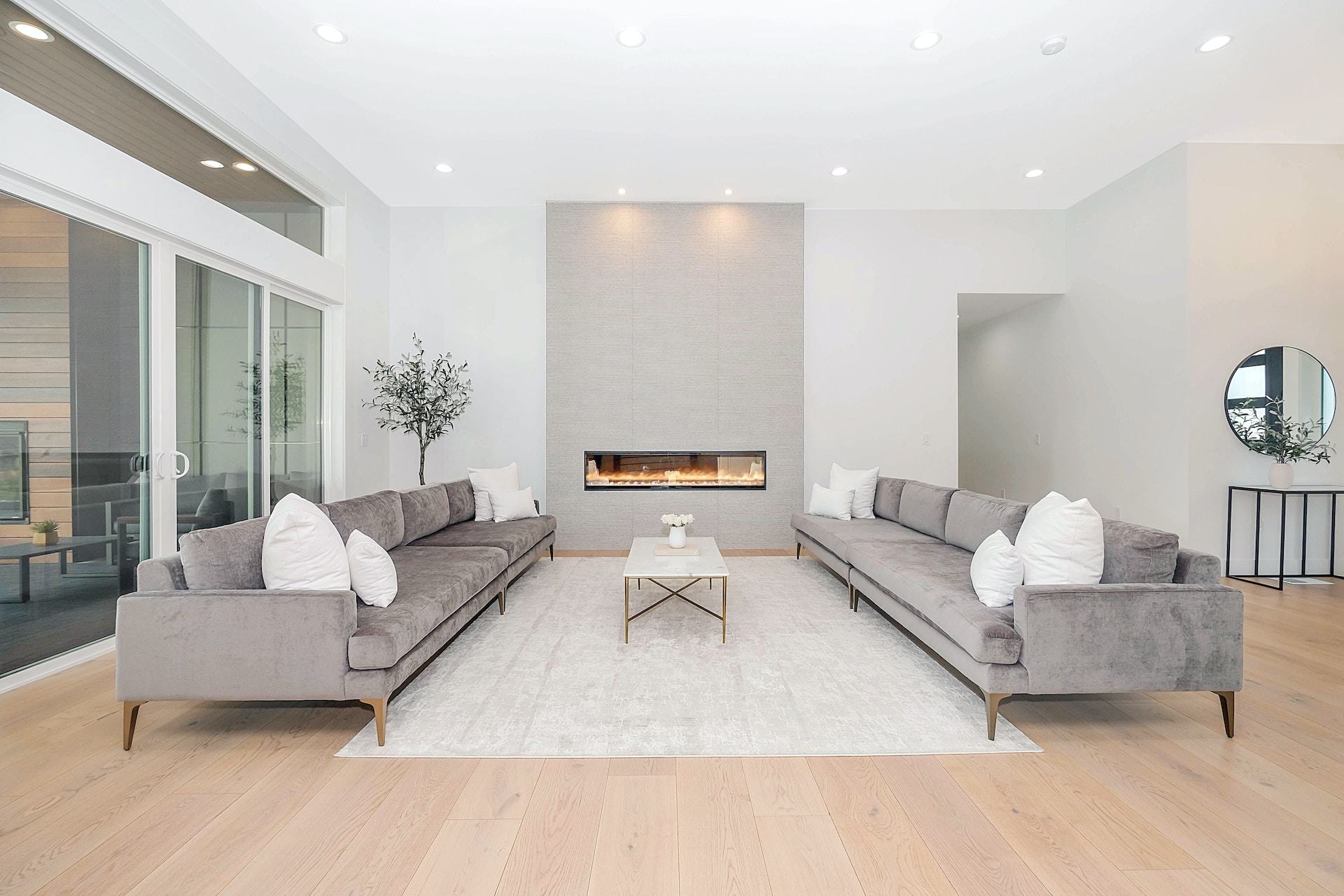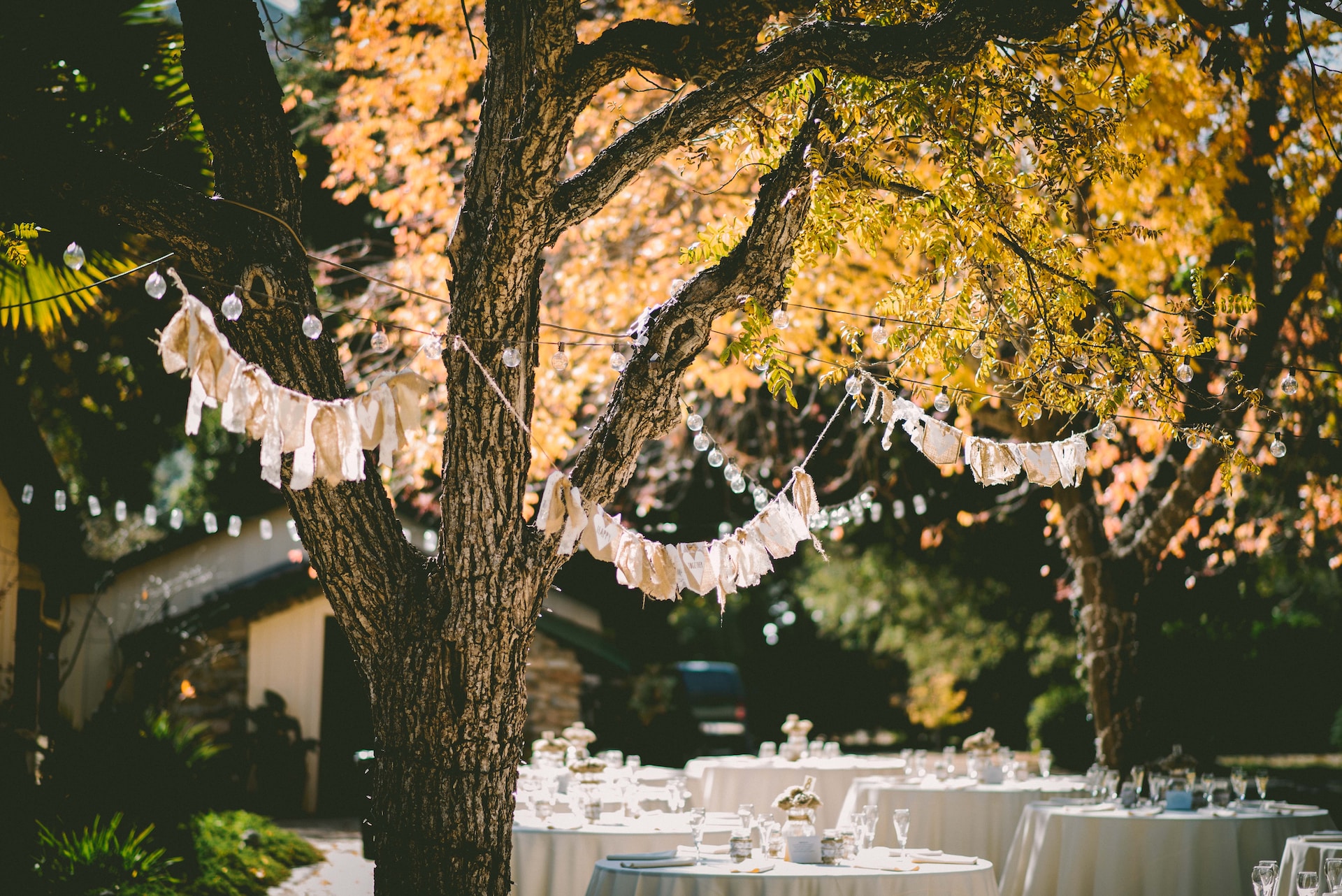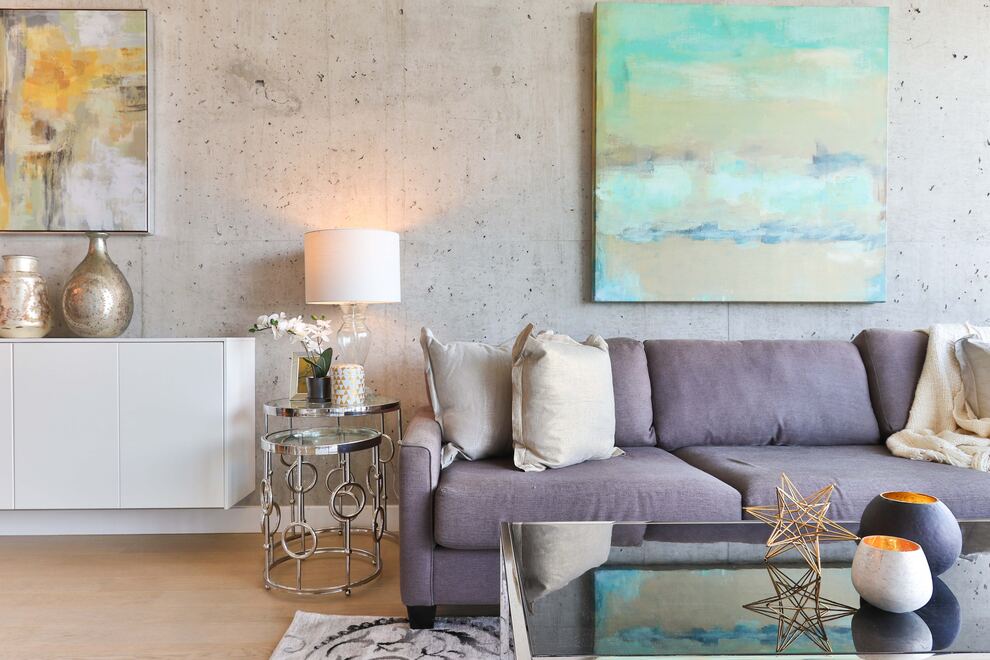The entryway or inside entrance of your home is a unique space: heavily trafficked, it needs to be incredibly organized and functional for our daily lives, yet beautiful and welcoming for our guests. After all, it’s the first place we receive guests and we want to make a good first impression. Not all entryways are created equal, some homes have rather small entrances, some have large foyers, others have entrances that immediately bring you into an actual room, like the living room. You’ll need to assess what type of design or decoration works best for the layout of your home as well as your family. Regardless of how large or small your entrance is, you’ll want to follow these general rules of thumb to make it a successful space.
1. Create the illusion of an entry
If your home lacks a defined entry, utilize furniture and furnishings to create the illusion of one. An entrance rug or a change in flooring is a great way to physically define a space. You can make a hallway of sorts by arranging furniture. Keep in mind that you may not actually want a tall “hallway” from your furniture – it may be helpful to use a double-sided bookshelf or a low sofa back to create the entrance. For example, if your home opens into an open living room, face the back of the sofa towards the entry and place a sofa table along the back of the couch. This separates the spaces, creates a defined entry, and also allows a place to put decorations and store belongings.
2. Trap dirt
Your entryway suffers from chronic foot traffic and no matter where you live, trapping leaves, mud, dust, sand or snow can help save the rest of your flooring throughout the house. Try a durable rug designed for the entry and make sure it can be easily vacuumed, cleaned or shaken out. A great option are carpet tiles, like FLOR, where you can wash individual tiles, arrange them in various patterns, and even recycle them when they’re worn out. If you live in a region with a lot of dirt or debris, consider placing a heavy-duty entrance mat (like this natural coir one) outside the front door and have a second rug or mat inside the door.
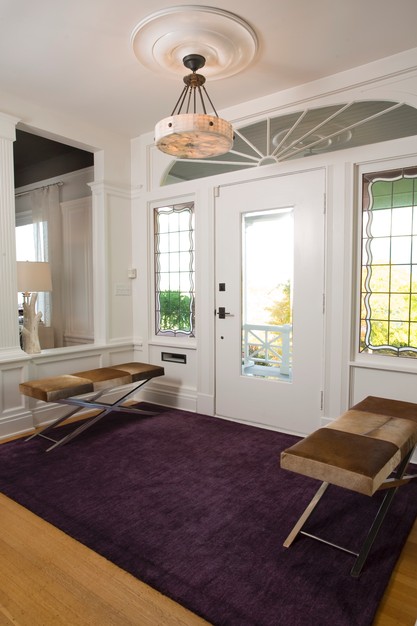
3. Make necessary changes
Sometimes the ideal entryway requires a bit of work beyond decorating. You may want to add a built-in closet, add lighting or build a half-wall. Or you might have an entry closet that might look better without it’s doors. Whatever you think you want to create, consider having a contractor give you a consultation to review your wants and needs. Before walls are moved, or flooring replaced, it’s a good idea to get a professional opinion as to what is possible or within your budget.
4. Add order
If your home uses one main entrance, it is very likely that your entrance often is used as a staging ground. It’s the natural place to leave items when entering the home (like backpacks, groceries and mail) and it’s a natural spot to place items that need to leave the home (like donations, purses, or computer bags). Before you purchase expensive organizational items, carefully asses what you need. If coats, backpacks and bags are a real issue, hang as many coat hooks or pegs as possible. If shoes are the culprit, get some bins or low shelving. Sometimes families like to have individual organizers for each member – making it really easy to put things away. Whatever works for your family, add pieces that will help you organize this space.
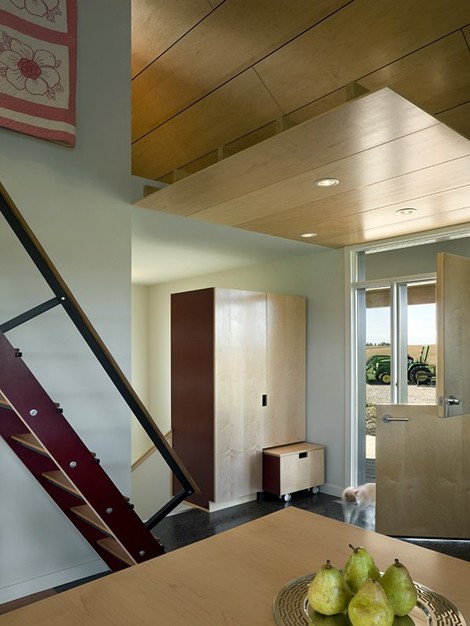
5. Use vertical space
If your entryway has walls, try to maximize your vertical space. Whether you choose to hang art, photos, family calendars, or shelves, using available wall space will not only keep this space organized, it will make it look bigger. Decorating walls is the quickest way to add a sense of depth to a space and it’s a great way to interject style and personality to your entrance.
6. Extend the entryway outside
If you have a small entrance, you may want to consider extending the entryway past the front door. A covered porch or stoop is a good place to keep items that you don’t have room for. Umbrella stands, welcome mats or decorative objects can easily live outside instead of inside. Some homes have a double-entrance in which a vestibule or mudroom can serve as a catch-all for a variety of objects before a person actually enters the home. This style of entrance works really well in regions with low temperatures as the double set of doors helps keep heat inside the home while a person removes their coat and shoes.
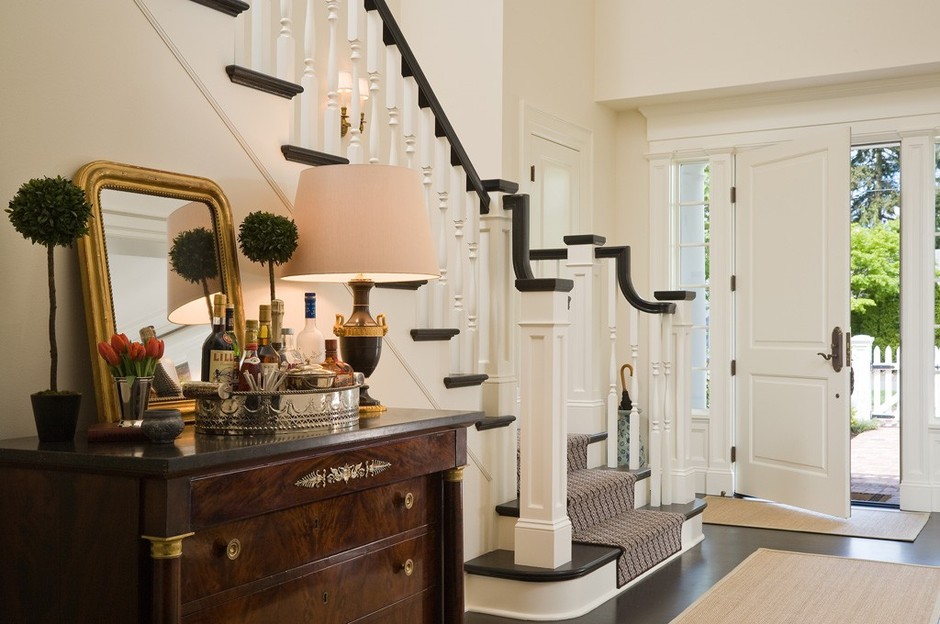
7. Add lighting
You’ll want to make sure that your entrance is well-lit for several reasons. Safety is a primary concern; as soon as you walk in the door you’ll want to make sure you can see inside the home. Another reason for having good lighting is that so you can see your belongings – especially if getting ready to leave means getting ready before the sun rises. Light fixtures help set off an entryway, give personality and make the space appear larger. If you can’t add overhead lighting, consider sconces or table lamps. Choose bulbs that are energy efficient so they will last longer.
8. A place to sit
Not every entryway has enough room for a stool, chair or bench. But if yours does, a bench can be a great spot for people to sit and put on or remove shoes or hold purses or other objects. A storage bench, or a bench with a shelf, will add extra organization to the entryway.
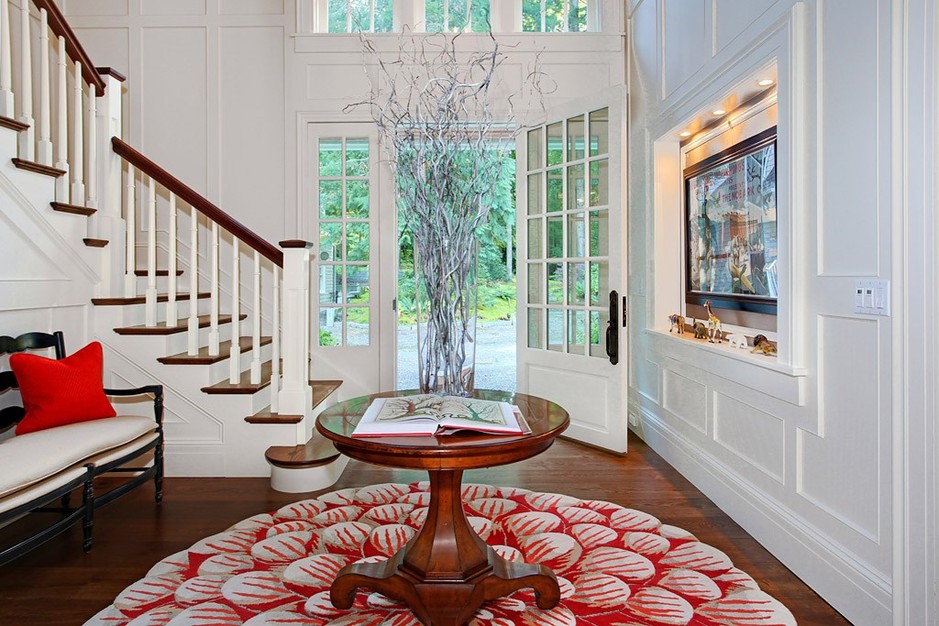
9. Add personality
The entry to our home is the perfect place to add personality and style. When we receive guests we want them to immediately sense who we are and how we think of our homes. It’s also a great place to add our favorite colors, objects or collections. What you should add will depend greatly on how much room you have. Some large entrances, or foyers, have room for a centre table, piano, seating and other decorative objects. Other homes only have room to hang a few pictures. Experiment by moving objects around or playing with colors. You’ll want to make sure that the decor is in line with the style and colors of the surrounding rooms.
10. Mirror or no mirror
The idea of hanging a mirror in the entrance is debatable. If you adhere to a traditional, American or European style, then a mirror can help reflect light into the entrance as well as allow you to check your appearance before leaving the house. If you prefer a more Eastern viewpoint, then you are aware that placing a mirror so it faces the front door creates bad feng shui.
Check out all of our beautiful entry projects and see the pros in your area that can complete this type of project for you!
Top image credit: Miller Design Co.

